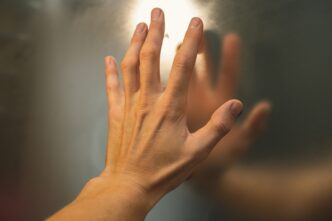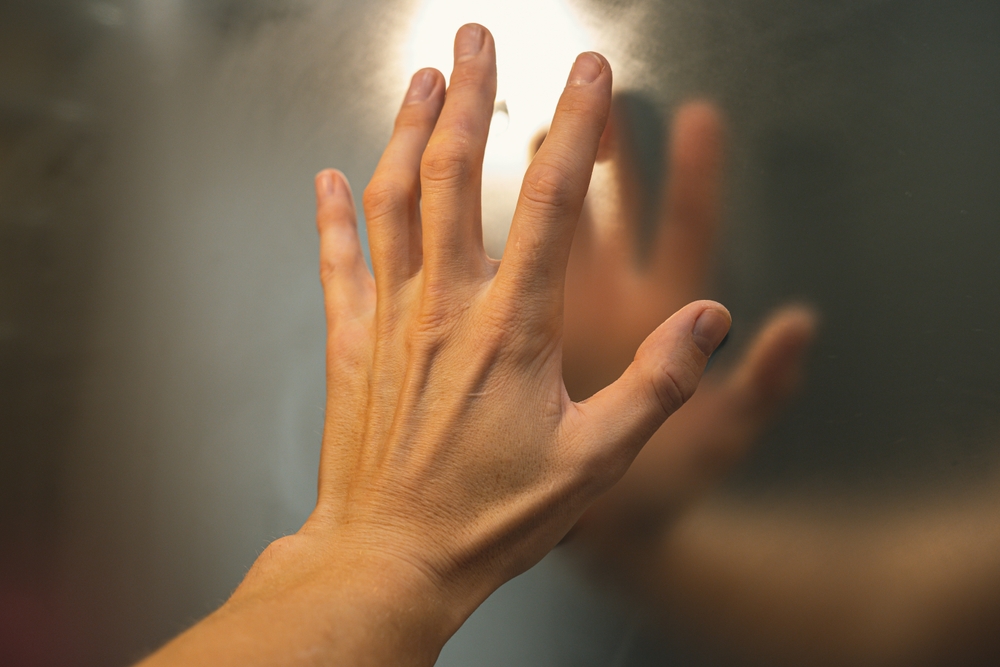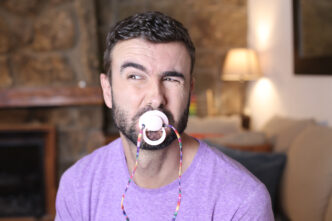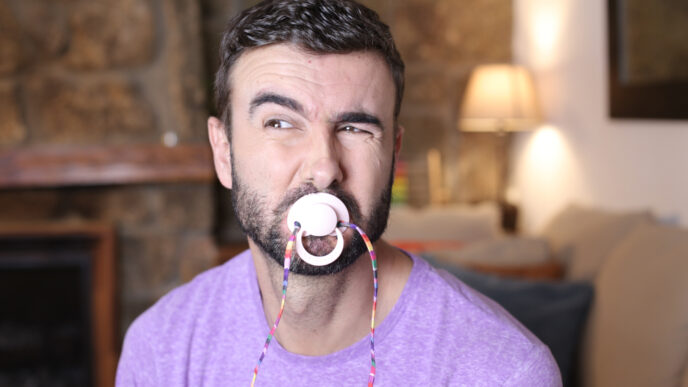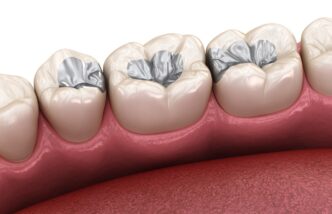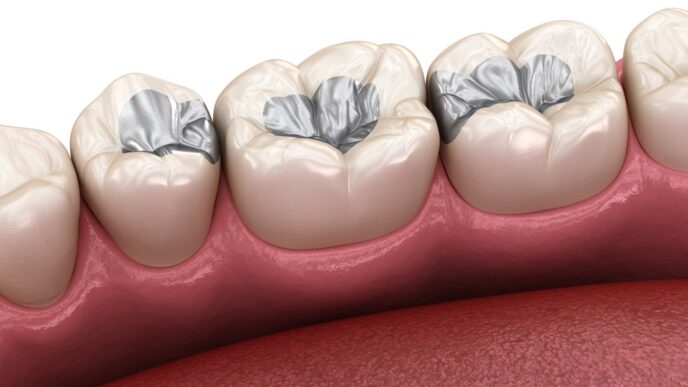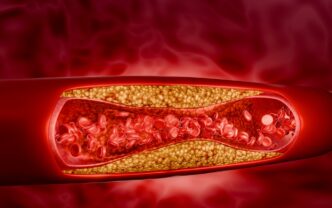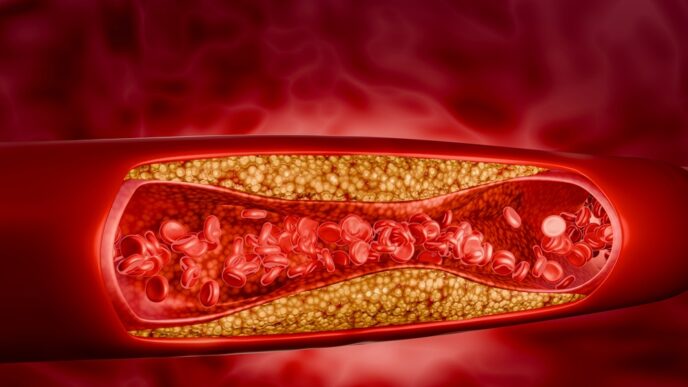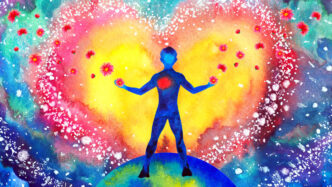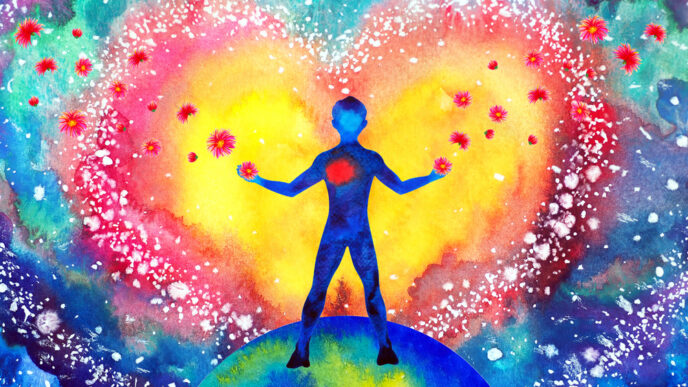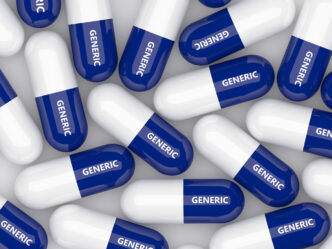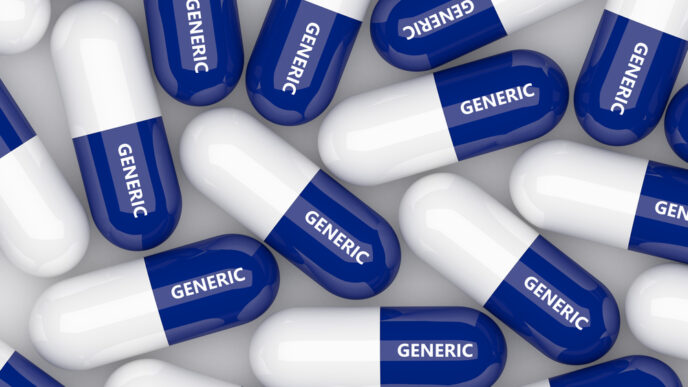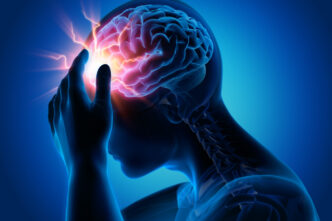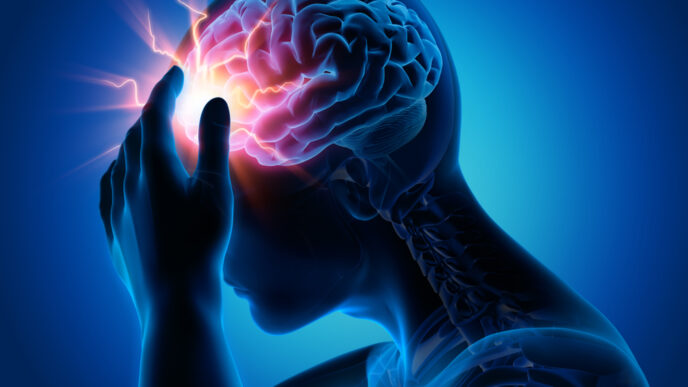Mirror therapy, also called mirror visual feedback, is a rehabilitation technique used to treat pain or disability that affects one side of the body. It involves placing a mirror so that the reflection of the unaffected limb appears where the affected limb would be. This creates the illusion that the affected limb is moving normally, which can help reduce pain and improve motor function.
WORDS LIM TECK CHOON
When it comes to medicine, sometimes the boundary between science and magic seems to blur. This seems to be case for mirror therapy.
HOW MIRROR THERAPY WORKS ITS MAGIC
Mirror therapy was first developed in the 1990s by neuroscientist Dr Vilayanur S Ramachandran.
- Mirror therapy, also called mirror visual feedback, is a rehabilitation technique used to treat pain or disability that affects one side of the body.
- It involves placing a mirror so that the reflection of the unaffected limb appears where the affected limb would be.
- This creates the illusion that the affected limb is moving normally, which can help reduce pain and improve motor function.
Originally developed for phantom limb pain after amputation, mirror therapy has since been applied to conditions like stroke, complex regional pain syndrome (CRPS), and other neurological disorders.
|
WHAT A SESSION IS LIKE
- During a session, the patient places a mirror so that the affected limb is hidden and the reflected image of the healthy limb is visible.
- The patient then performs slow, deliberate movements with the unaffected limb while observing the mirror.
- The brain receives visual feedback as if the affected limb is moving normally.
- Sessions usually start with simple movements and progress to more complex tasks over multiple sessions.
- Typical sessions last between 10 and 30 minutes, perhaps longer, depending on one’s ability to carry out these movements.
HOW THE BRAIN RESPONDS TO MIRROR THERAPY
The key principle behind mirror therapy is the brain’s capacity to adapt, heal, and re-learn (neuroplasticity) in response to visual feedback.
- When a person moves their unaffected limb, the mirror reflection tricks the brain into perceiving that the affected limb is also moving.
- This visual illusion stimulates the motor cortex and mirror neuron system, promoting neural rewiring and motor relearning.
- The therapy helps correct distorted brain maps of the body caused by injury or pain, reduces the brain’s pain signals, and encourages recovery of motor functions.
WHO CAN BENEFIT THE MOST?
Mirror therapy mainly benefits people with one-sided impairments such as:
- Stroke patients, to regain motor function and reduce pain on the affected side.
- Amputees with phantom limb pain
- People with nerve injuries or neurological disorders that impair movement and cause pain
Psychological benefits like increased motivation and confidence during rehabilitation are additional advantages.
HOWEVER, CURRENTLY THERE IS NOT ENOUGH DATA TO SUPPORT ITS EFFECTIVENESS
There are a few studies with moderate-quality evidence that:
- Mirror therapy significantly improves motor function and motor impairment in stroke patients, often when carried out alongside conventional rehabilitation.
- Mirror therapy may also enhance activities of daily living and reduce pain, particularly in CRPS and phantom limb pain.
It should be noted, however, that the number of these studies is low, and the number of participants involved is few as well.
A few reviews of the research on mirror therapy suggest that while available data shows promise, more research is still needed to support the effectiveness of this therapy.
| This article is part of our series on therapies and medical innovations for movement rehabilitation. |
References:
- Ramachandran, V. S., & Rogers-Ramachandran, D. (1996). Synaesthesia in phantom limbs induced with mirrors. Proceedings. Biological Sciences, 263(1369), 377–386. https://doi.org/10.1098/rspb.1996.0058
- Campo-Prieto, P., & Rodríguez-Fuentes, G. (2022). Effectiveness of mirror therapy in phantom limb pain: A literature review. Efectividad de la terapia de espejo en el dolor del miembro fantasma. Una revisión actual de la literatura. Neurologia, 37(8), 668–681. https://doi.org/10.1016/j.nrl.2018.08.003
- Herrador Colmenero, L., Perez Marmol, J. M., Martí-García, C., Querol Zaldivar, M. L. Á., Tapia Haro, R. M., Castro Sánchez, A. M., & Aguilar-Ferrándiz, M. E. (2018). Effectiveness of mirror therapy, motor imagery, and virtual feedback on phantom limb pain following amputation: A systematic review. Prosthetics and Orthotics International, 42(3), 288–298. https://doi.org/10.1177/0309364617740230

